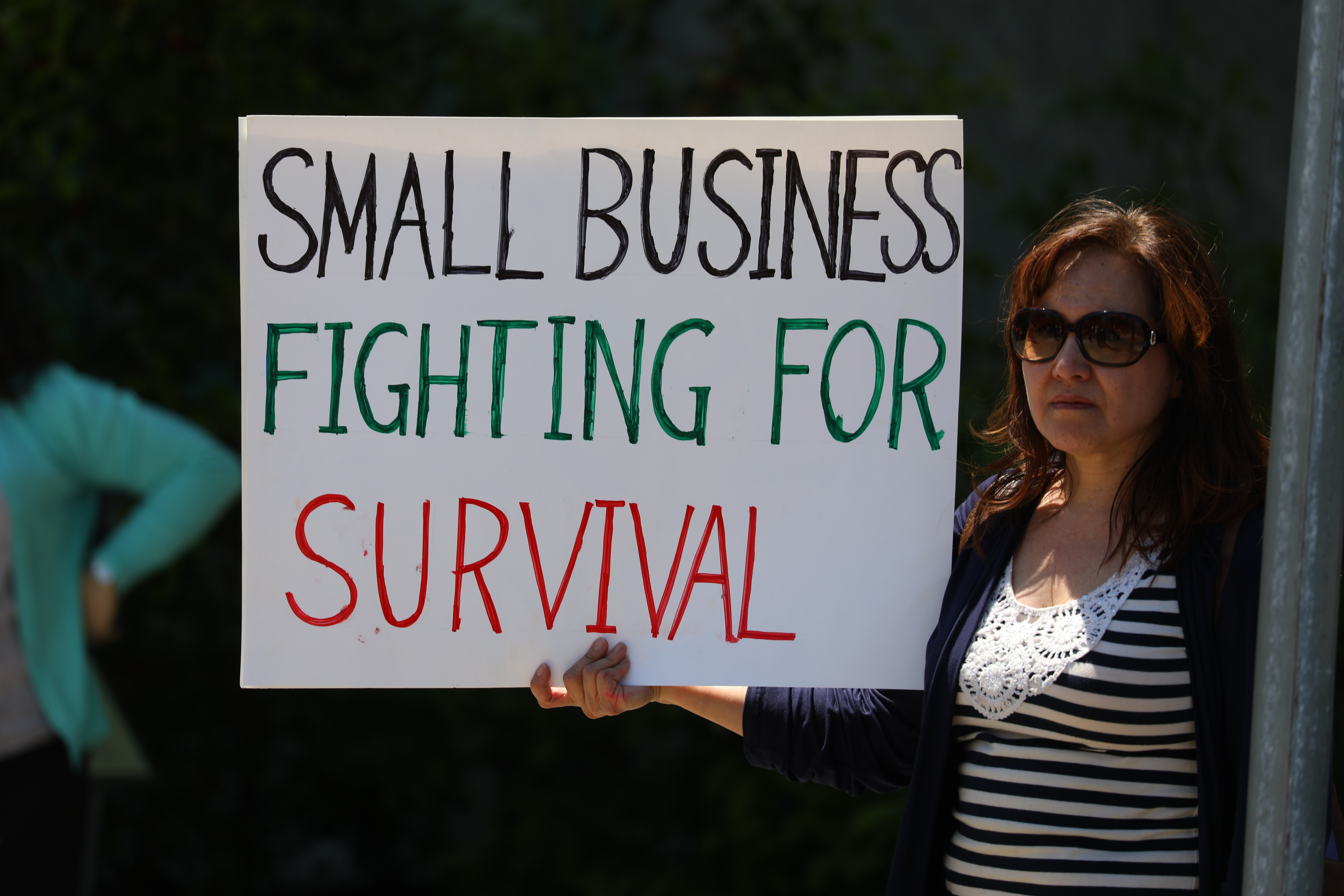The Magic of 3 in Blogging for Business
Humanity has had a love-hate relationship with numbers from the earliest times, Ian Stewart writes in Britannica. Ancient Babylonians used numbers to predict eclipses; priests in ancient Egypt used them to predict the flooding of the Nile. Millions of otherwise rational people are terrified of the number 13. In Jewish culture, 18 represents good luck.
Over my years at Say It For You, I’ve come to consider the number 3 important when it comes to writing blog content.
3 elements of a blog post
- pictures and charts (the visual presentation of the blog
- the content itself (the facts and figures)
- the “voice”, the way the message comes across – first person vs. third-person reporting, humorous or serious, casual or formal
3-minute Shark Tank principle
From the time an entrepreneur is introduced to the time one of the sharks says “I’m out”, it is almost always three minutes, writes Brant Pinvidic in The 3-Minute Rule. If you can’t distill a sales presentation down to three minutes or less, the listeners will begin to make their decision without all the pertinent information. Given the very brief attention span of online readers, the essence of the message needs to come across in 3 seconds!
3-legged stool
In business blog posts I recommend a razor-sharp focus on just one story, one idea, one aspect of a business, a practice, or an organization. Other aspects can be addressed in later posts. Offer three examples or details supporting the main idea of each post.
3 levels of involvement
While having a clear Call to Action is important in blog marketing, truth is, not every searcher is going to be ready to make a commitment. In your business blog, therefore, It makes sense to offer 3 different levels of involvement (subscribing to the blog, submitting a question, taking a survey, for example), and an ”ultimate decision does not need to be made now
3-pronged strategy
Working Mother magazine is an example of a 3-part plan of attack: Compliment-criticism-course correction. In discussing various “Mon” personality types, writer Katherine Bowers would compliment the “Drama Mama” or “Snowplow Mom”, suggesting ways in which that parenting strategy is great, followed be a critique – where that mothering style is off-track, then offering “course correction” options. Those same 3 prongs could be used in a blog focused on financial management, healthy living, pet care, or fashion.
https://www.workingmother.com/content/you-know-type-mom-parenting-styles
The rule of 3 in writing
The rule of three is a writing principle that suggests that a trio of events or characters is more humorous, satisfying, or effective than other numbers. The audience of this form of text is also thereby more likely to remember the information conveyed because having three entities combines both brevity and rhythm with having the smallest amount of information to create a pattern.
When it comes to blogging for business, make sure to remember the Rule of 3!







Follow us online!